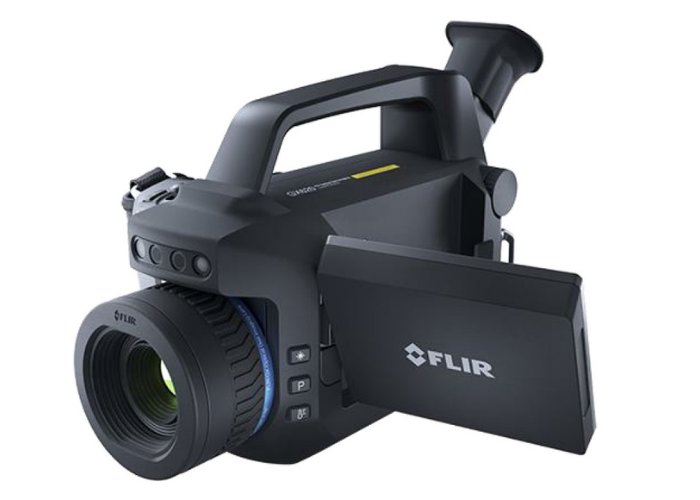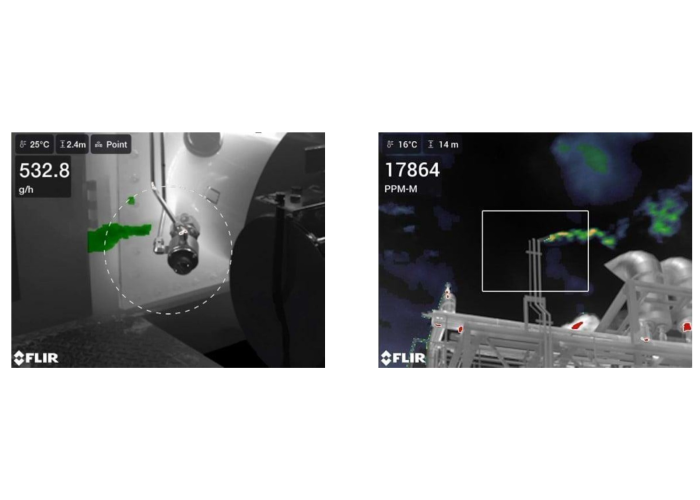Leak Detection and Repair (LDAR) is a systematic process to detect and fix emissions of volatile organic compounds (VOCs) and hazardous air pollutants, mandated under:
EU Regulation 2024/1787 – Effective from 13 June 2024
Key Highlights:
- Mandatory LDAR inspections at varying frequencies depending on facility type.
- Direct Measurements via Optical Gas Imaging (OGI) and Quantitative OGI (QOGI).
- Repair timeline: Initiate within 5 days, complete within 30 days of leak detection.
Applies to:
- Oil & gas production and processing facilities
- Transmission and distribution systems
- LNG facilities
- Underground storage sites
- Offshore and onshore installations
Inspection Types
- Frequency: At least once every 12 months
- Components: All accessible components including valves, flanges, compressors, etc.
- Frequency: At least once every 36 months
- A rotating 25% component inspection annually (ensuring full coverage every 4 years)
INSPECTION FREQUENCIES (LDAR)
- Processing locations: Every 12 months
- Production locations: Every 36 months
- Transmission & Distribution: 25% annually, full survey every 4 years
- Offshore Components: As per specific component risk categories
OUR TECHNOLOGY: OGI CAMERAS
We deploy cutting-edge FLIR Gx620 OGI Cameras for high-accuracy gas leak detection quantitative and qualitative measurements.
Features Include:
- Detects Methane, Hydrocarbons, Ethylene, Propane
- Sensitivity: Detects leaks as small as 0.4 g/hr
- ATEX Certified – Safe for hazardous zones
- Temperature Range: -20°C to +350°C
- ±1°C accuracy from 0°C to +100°C
These systems ensure compliance with the most stringent emission control regulations.

